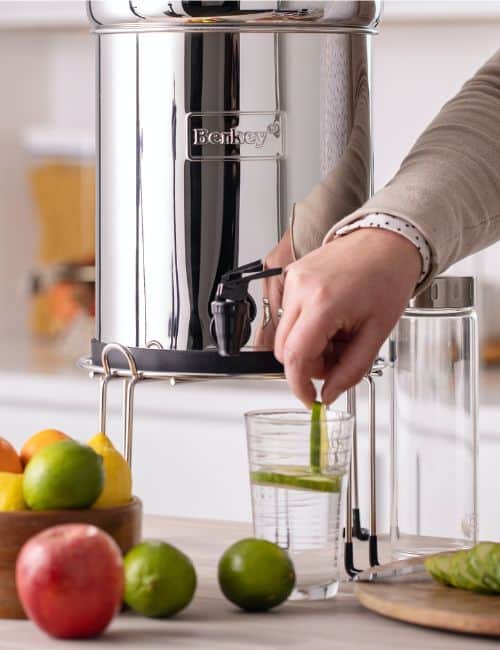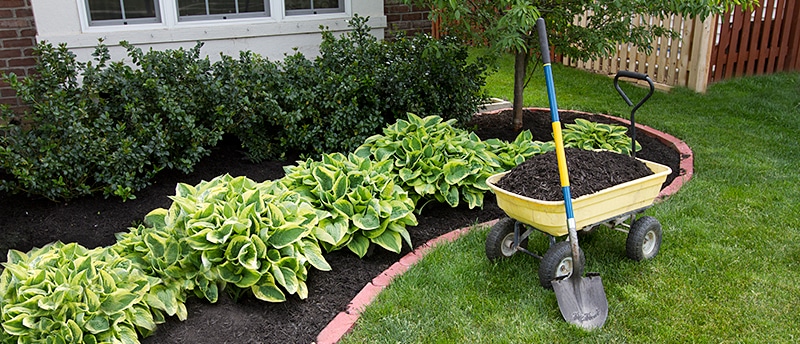
Sustainable Water Filtration for Eco-Friendly Living

Sustainable Water Filtration for Eco-Friendly Living
In a world increasingly concerned with environmental impact, adopting eco-friendly water filtration systems is a crucial step towards sustainable living. Explore the significance of eco-friendly water filtration and how it contributes to a healthier planet.
The Need for Eco-Friendly Water Filtration
Water is a precious resource, and ensuring its purity is vital for both environmental conservation and human health. Traditional water filtration methods often involve wasteful practices and the use of non-biodegradable materials. Eco-friendly water filtration addresses these issues by incorporating sustainable materials and reducing the ecological footprint associated with water purification.
Utilizing Renewable and Biodegradable Materials
Eco-friendly water filtration systems prioritize the use of renewable and biodegradable materials. From filter cartridges to packaging, these systems minimize the environmental impact associated with the production and disposal of filtration components. Embracing materials like bamboo, coconut shells, and recyclable plastics ensures that the entire lifecycle of the filtration system is eco-conscious.
Energy-Efficient Filtration Processes
Conventional water filtration processes can be energy-intensive, contributing to carbon emissions and environmental degradation. Eco-friendly water filtration systems focus on energy efficiency. Employing innovative technologies and processes, these systems reduce the energy required for water purification, aligning with sustainable practices and minimizing the overall ecological footprint.
Reduction of Plastic Waste
Plastic pollution is a significant environmental concern, and traditional water filtration often involves the use of plastic components. Eco-friendly water filtration systems prioritize the reduction of plastic waste by incorporating alternative materials and promoting reusable, refillable, or recyclable filter cartridges. This shift towards sustainable materials contributes to global efforts to combat plastic pollution.
Integration of Activated Carbon Filters
Activated carbon is a key component in many eco-friendly water filtration systems. Derived from renewable sources such as coconut shells, activated carbon effectively removes impurities and contaminants from water. This sustainable filtration medium ensures that the water purification process is not only effective but also environmentally friendly.
Emphasizing Water Conservation
Beyond the materials used, eco-friendly water filtration emphasizes water conservation. Smart design features, such as low-flow filtration and efficient water usage, contribute to reducing water wastage during the filtration process. This commitment to water conservation aligns with broader initiatives aimed at sustainable water management.
Minimal Environmental Impact during Production
The production of traditional water filtration systems often involves environmentally harmful processes. Eco-friendly water filtration systems prioritize minimal environmental impact during production. From responsible sourcing of materials to eco-conscious manufacturing practices, these systems strive to create a positive environmental footprint from the inception of the product.
Enhancing Water Quality and Taste
Eco-friendly water filtration not only benefits the environment but also enhances the quality and taste of the water. By efficiently removing contaminants while preserving essential minerals, these systems provide clean and refreshing water that is not compromised by the taste of chemicals often associated with traditional filtration methods.
Educating and Empowering Consumers
An essential aspect of eco-friendly water filtration is educating and empowering consumers. Manufacturers and advocates of sustainable filtration systems play a role in raising awareness about the environmental impact of water purification







